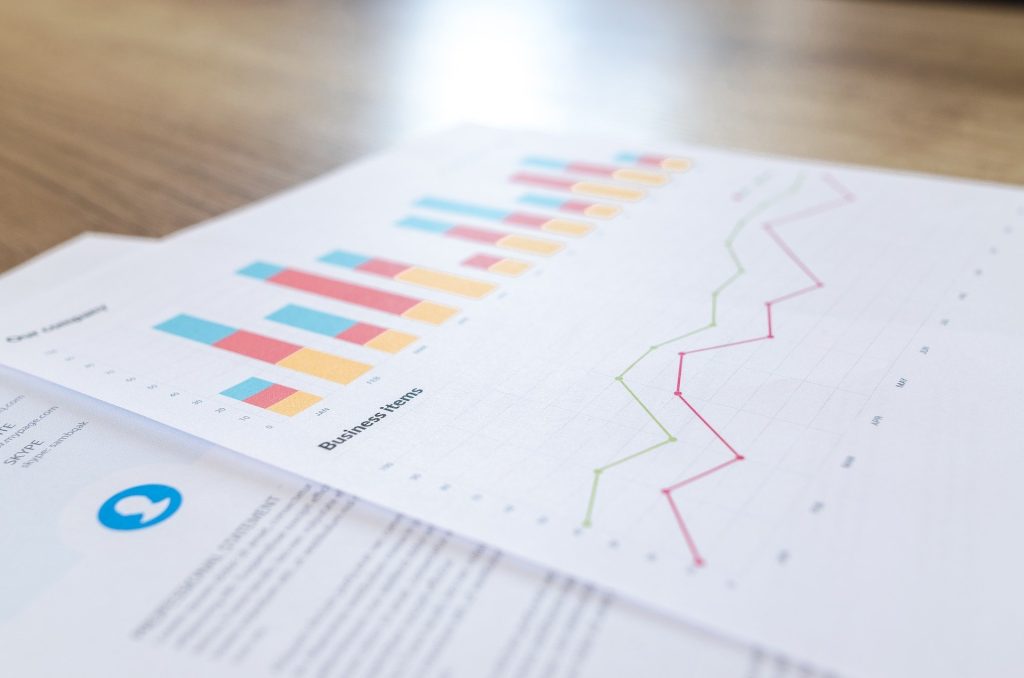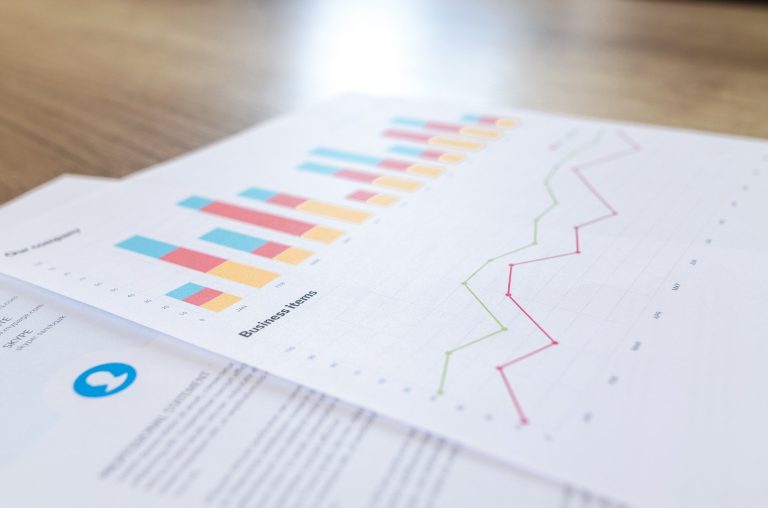As the implementation of the FRS 102 periodic review gets closer, we are getting lots of questions on courses about the new ‘five step model’ for recognising income in section 23 of FRS 102 and section 18 of FRS 105. This model aligns to the approach required by IFRS 15 for IFRS preparers. This is a particularly key area as it applies to entities using FRS 105 as well as FRS 102. Based on these questions, here are some important things to think about as you/your clients prepare.
Think carefully about which income streams are in scope
Not all income receivable by entities results from contracts with customers and, where contracts do exist, other sections of FRS 102 and FRS 105 sometimes apply. For example, the accounting approach required for rental income is dealt with in section 20 of FRS 102. Income from government grants is dealt with in section 24 of FRS 102. Income receivable by public benefit entities from non-exchange transactions is dealt with in section 34 of FRS 102.
It is equally important to remember that, though some income will be scoped out based on the above, contracts with customers can be verbal or implied, as well as being written and explicit. Important food for thought when considering scoping.
Identify revenue streams which include the delivery of multiple performance obligations – and those which don’t
A key area of change involves entities identifying separate performance obligations (distinct goods or services) within contracts – and apportioning revenue from contracts to those separate performance obligations, before determining when the revenue should be recognised (see below).
Paragraph 23.21 of FRS 102 states that a good or service that is promised by an entity to a customer is distinct if both of the following criteria are met:
- the customer can benefit from the good or service either on its own or together with other resources that are readily available to the customer (i.e. the good or service is capable of being distinct); and
- the entity’s promise to transfer the good or service is separate from other promises in the contract.
Two examples we have recently been presented with by delegates on courses have been:
- A bedroom furniture manufacturer which provides a full integrated design, build and fitting service. A key consideration here will be whether the manufacturer sells the designed furniture with and/or without the fitting element. If the entity offers the customer a choice, then even if the customer chooses the supply and fit option then there are two distinct performance obligations as the customer can benefit from the furniture once delivered and then choose to fit it themselves or contract with someone else to fit the furniture on their behalf.
- A product sold with a warranty. A key consideration here is whether the seller is offering something more than a simple assurance warranty. If it’s a simple assurance warranty and not something that could be bought separately then there’s no separate performance obligation. If it is an optional extra then the revenue from the warranty would be accounted for as a separate performance obligation and brought into the P&L following step 5 of the 5 step model (see below).
Watch for ‘variable consideration’
Paragraph 23.43 of FRS 102 states that ‘if the consideration promised in a contract includes a variable amount, this amount should be recognised by the entity only to the extent that it is highly probable that it will be entitled to the cumulative amount of revenue recognised when the uncertainty associated with the variable consideration is subsequently resolved.
This will not often be an issue, but it will crop up from time to time, for example when undertaking construction activity where performance bonuses are potentially receivable. The approach required by the revised standard is logical, reasonably prudent and may reflect an entity’s current practices. However it’s an issue not formally addressed in the current standard, so will require careful thought.
Think carefully about whether income should be recognised at a point in time or over time
The current version of FRS 102 takes something of a ‘silo based approach’ to the timing of revenue recognition, which depends on the nature of the revenue. There are separate rules for goods, services and construction contracts for example. Sometimes it’s not clear which ‘silo’ an entity’s particular revenue streams sit in.
The revised standard changes all that and only allows revenue to be recognised over time (i.e. spread) where one of the situations below applies. If none of these is relevant, income is recognised at a point in time, typically when legal title to the asset is transferred to the customer:
- The customer simultaneously receives and consumes the benefits of the entity’s performance as the entity performs;
- The entity’s performance creates or enhances an asset that the customer controls as the asset is created or enhanced; or
- The entity’s performance does not create an asset with an alternative use to the entity and the entity has an enforceable right to payment for the performance completed to date.
The type of entity that this change might affect is one which is engaged in heavy engineering or construction contracts. If the entity’s customer is ‘hands on’ during the construction process (i.e. they control the asset as it is created), recognition of income over the construction period will be the way to go.
If not, but where the terms of engagement would allow the entity to charge for work completed to date in the event of their customer telling them to stop, income would still be spread over the construction period but only if the part constructed asset had no alternative use. This revised approach could cause some organisations currently spreading income to recognise it at a point in time – or vice versa.
Remember that the implementation rules differ for FRS 102 and FRS 105 preparers
Transitional adjustments will only ever be relevant where contract activity straddles the year end. If not, and for many entities this will be the case, no such adjustments will be needed.
FRS 102 preparers can choose between making a transitional adjustment at day one of the comparative period (e.g. 1 January 2025) or on day one of the first actual period in which the revised standard applies (e.g. 1 January 2026).
The approach adopted by FRS 105 preparers is different. Paragraph 1.11 of the revised FRS 105 states that ‘when a micro-entity first applies the Periodic Review 2024 amendments, as an exception to retrospective application, it shall apply the revised Section 18 Revenue from Contracts with Customers prospectively to contracts that begin after the date it first applies the Periodic Review 2024 amendments and therefore shall not change its accounting policy for any contracts in progress at that date.
Peter Herbert
May 2025




